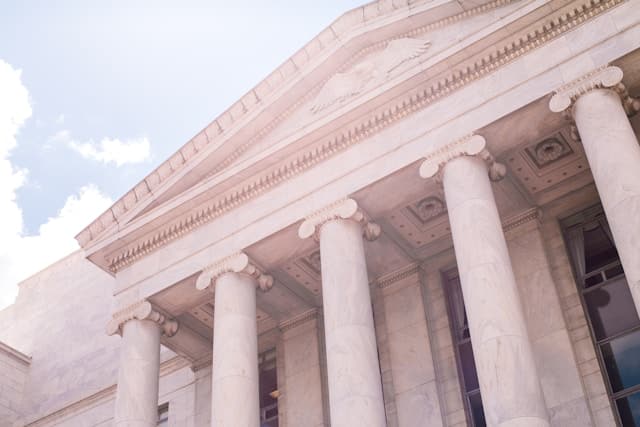Government Price Setting
What Is Government Price Setting?

The federal government and several states have passed legislation that would establish an upper payment limit or maximum fair price for certain drugs. These laws limit how much a health plan reimburses an infusion provider for a particular drug regardless of the drug’s acquisition or administration cost.
States across the United States are exploring enacting laws that would implement Prescription Drug Affordability Boards (PDABs). The role of these boards is to identify medications believed to have affordability challenges for patients. Once the drugs are identified, most states authorize the PDAB to establish an upper payment limit (UPL), or a ceiling for how much any state-regulated plan will reimburse for the selected drug.
The federal government has implemented a similar mechanism known as “maximum fair price” for selected drugs. The federal government’s implementation of this policy has been staggered across a number of years. NICA is concerned with how these policies will impact reimbursement for infusion providers. Through our advocacy efforts, we have asked state and federal legislators to reconsider these policies or establish protections for infusion providers.
Government Price Setting Legislative Map
Select your state to learn whether your state has passed or proposed a Prescription Drug Affordability Board and upper payment limit.
Government Price Setting Action Campaign
Take action against government price setting, including Prescription Drug Affordability Boards and upper payment limits, by asking your elected officials to protect infusion center reimbursement.